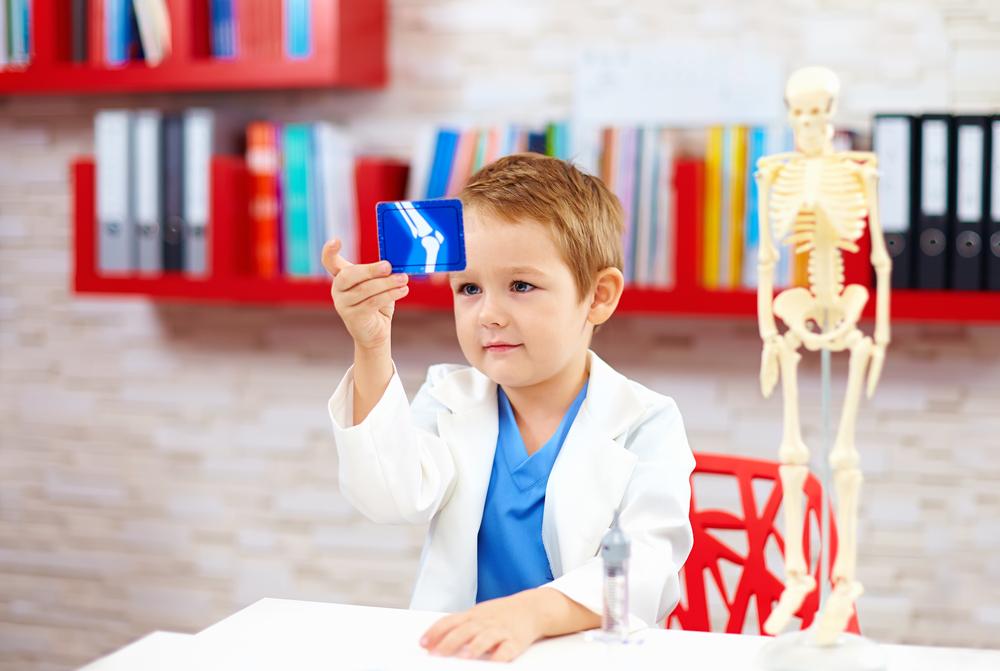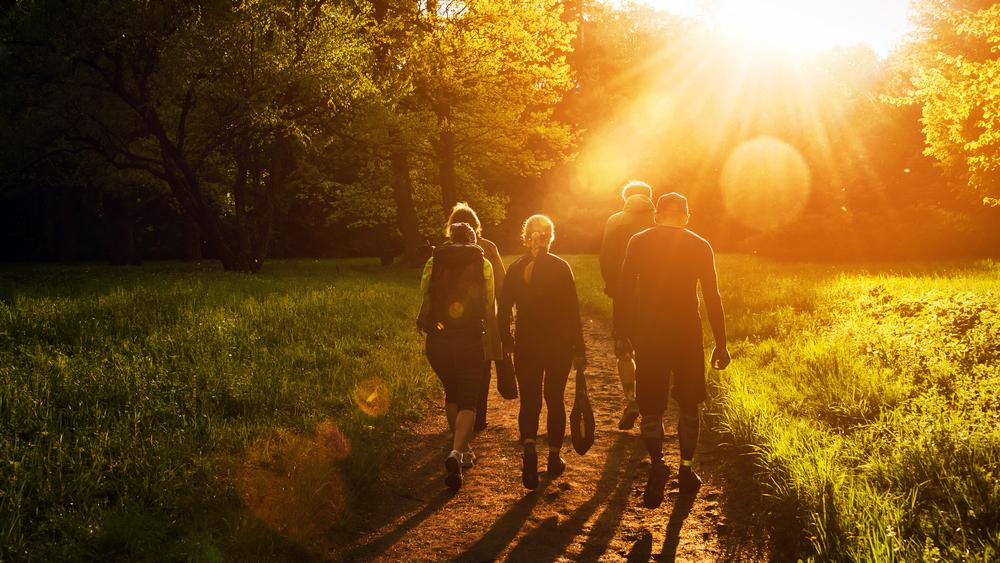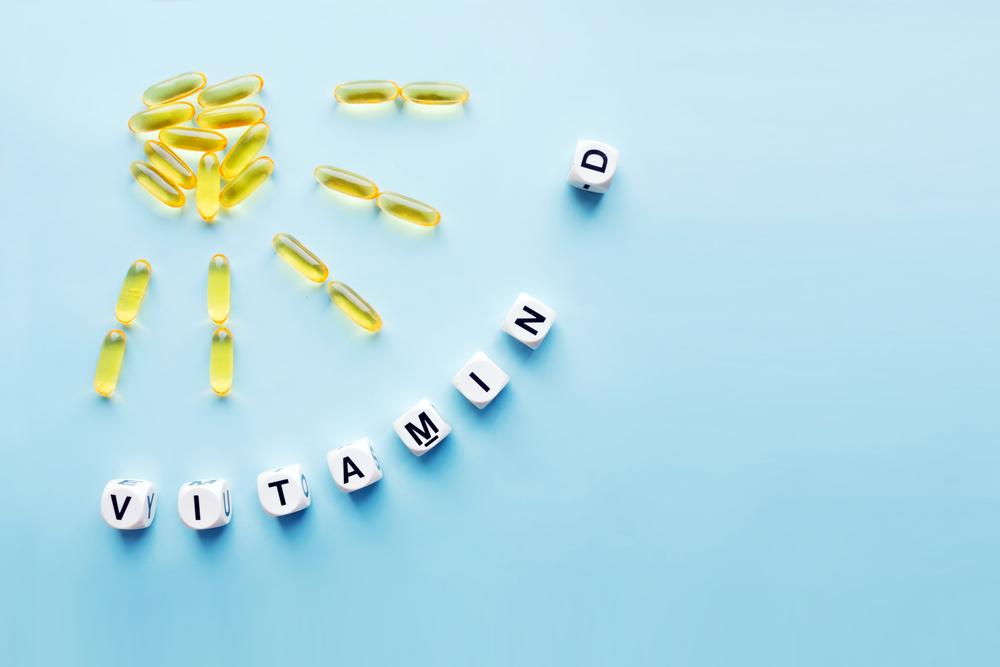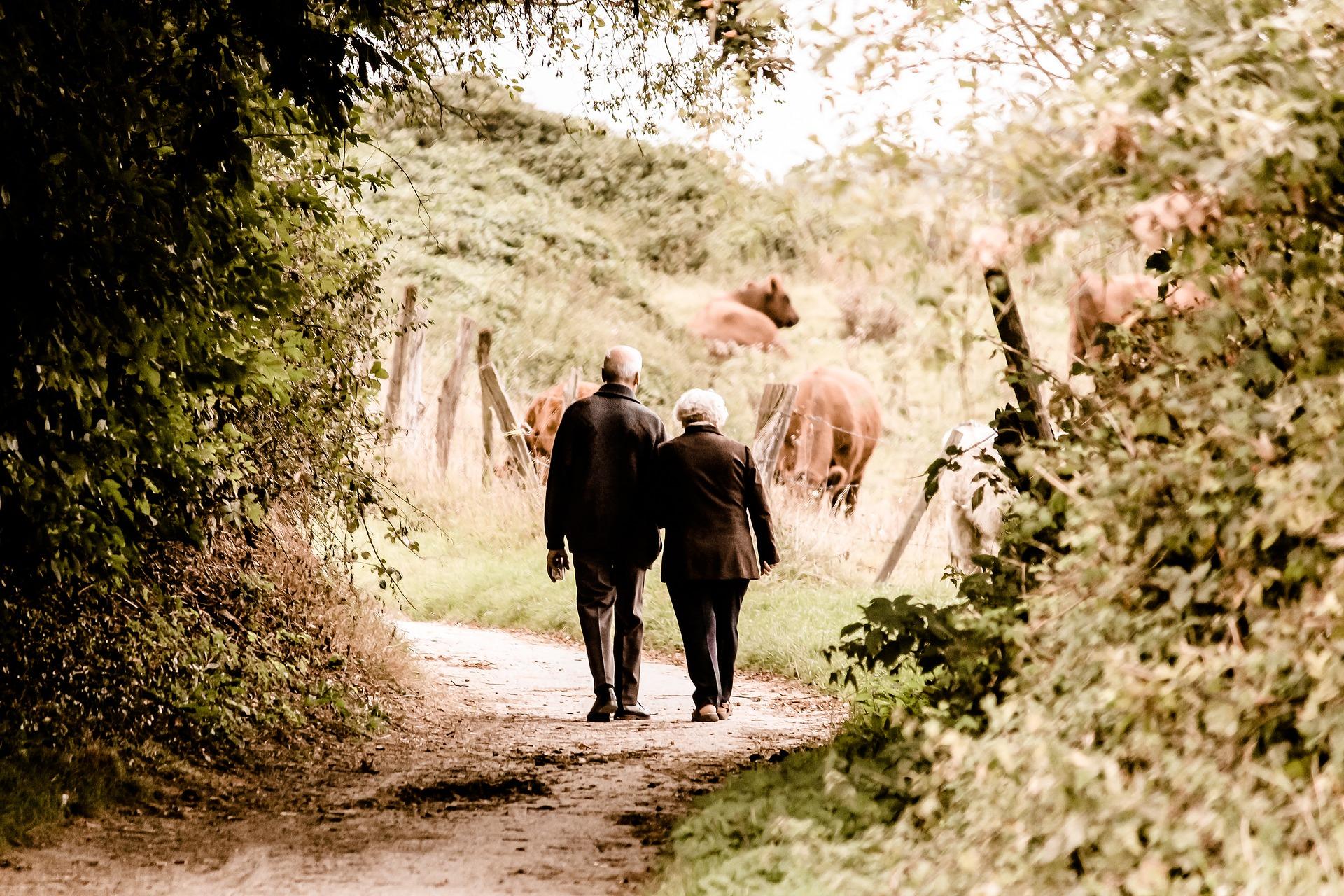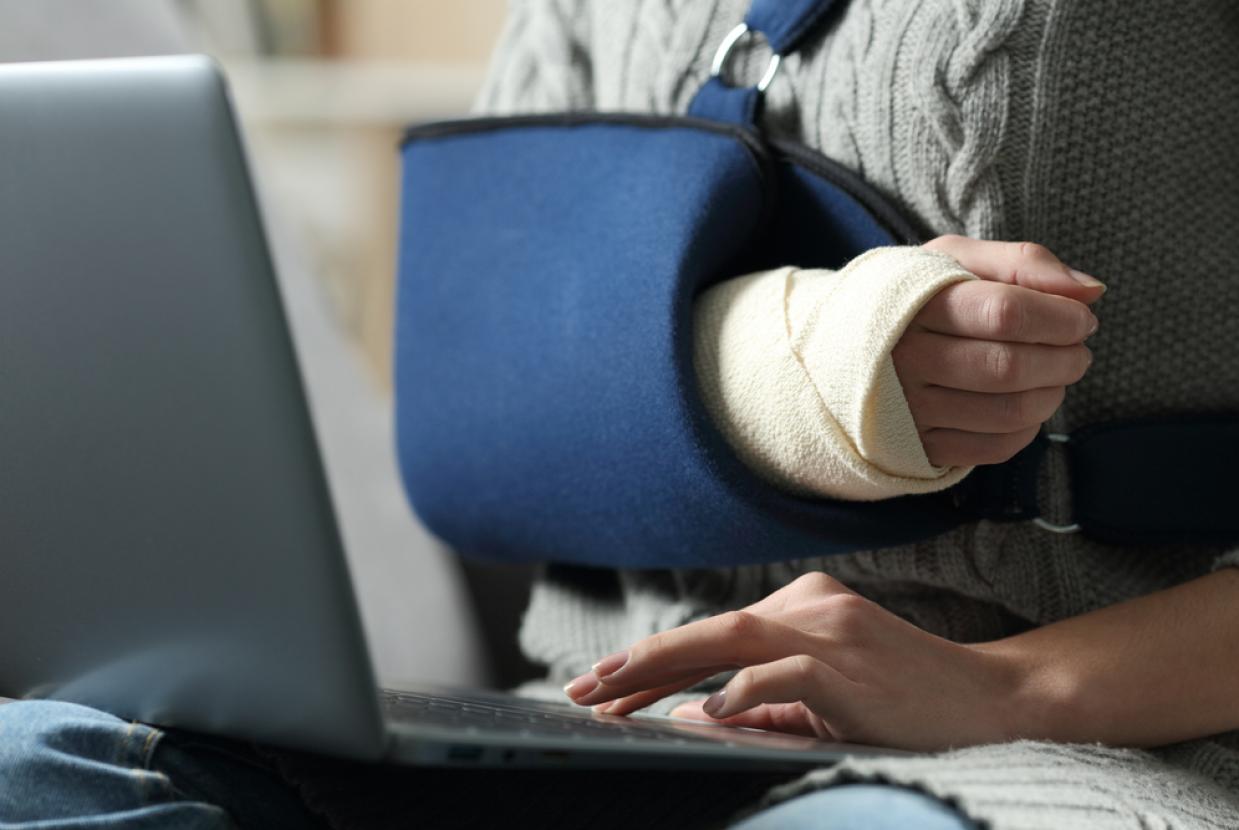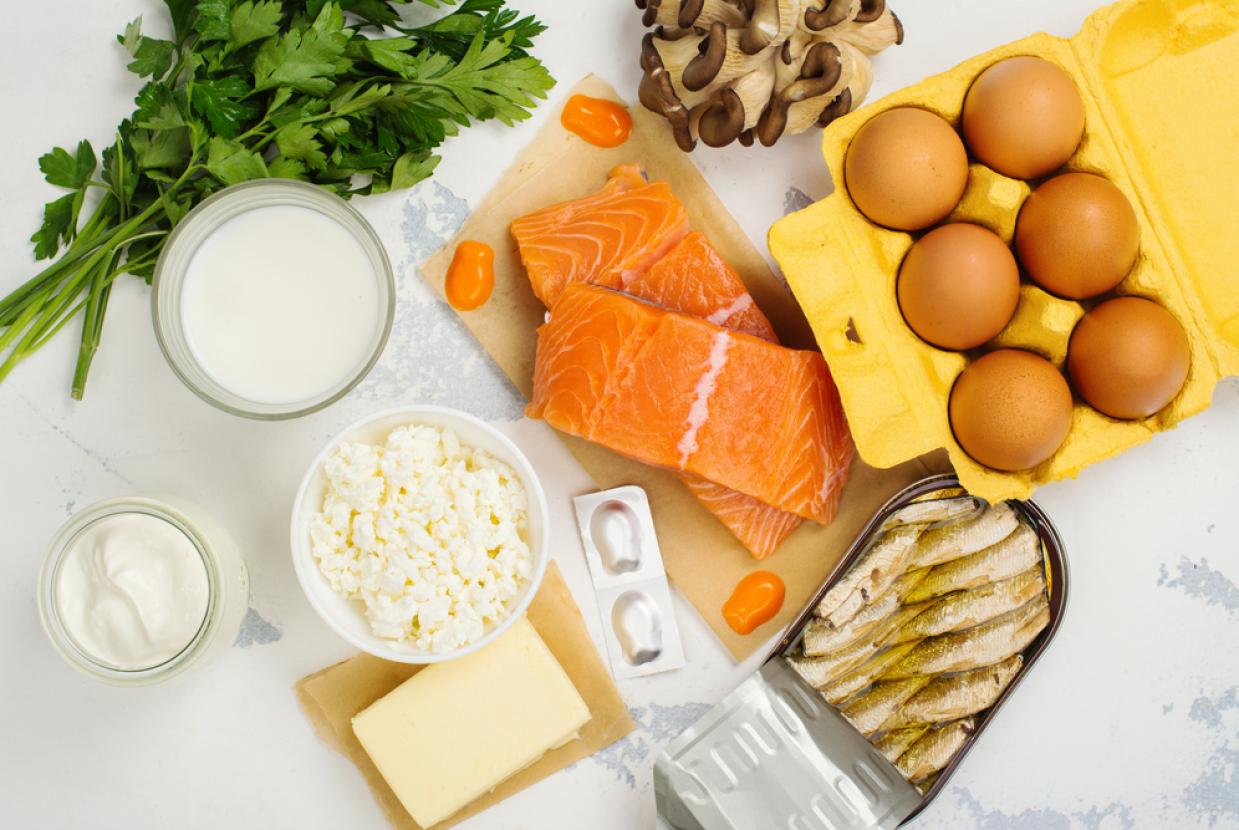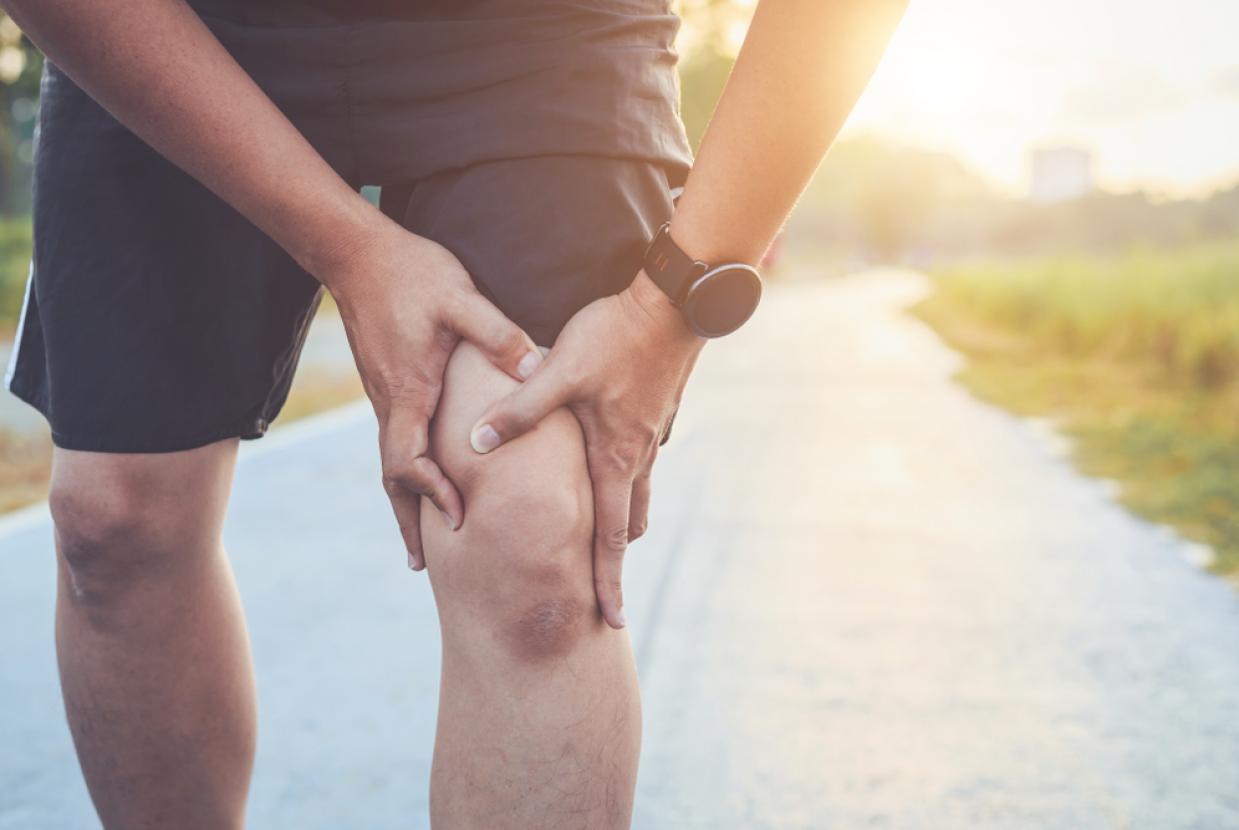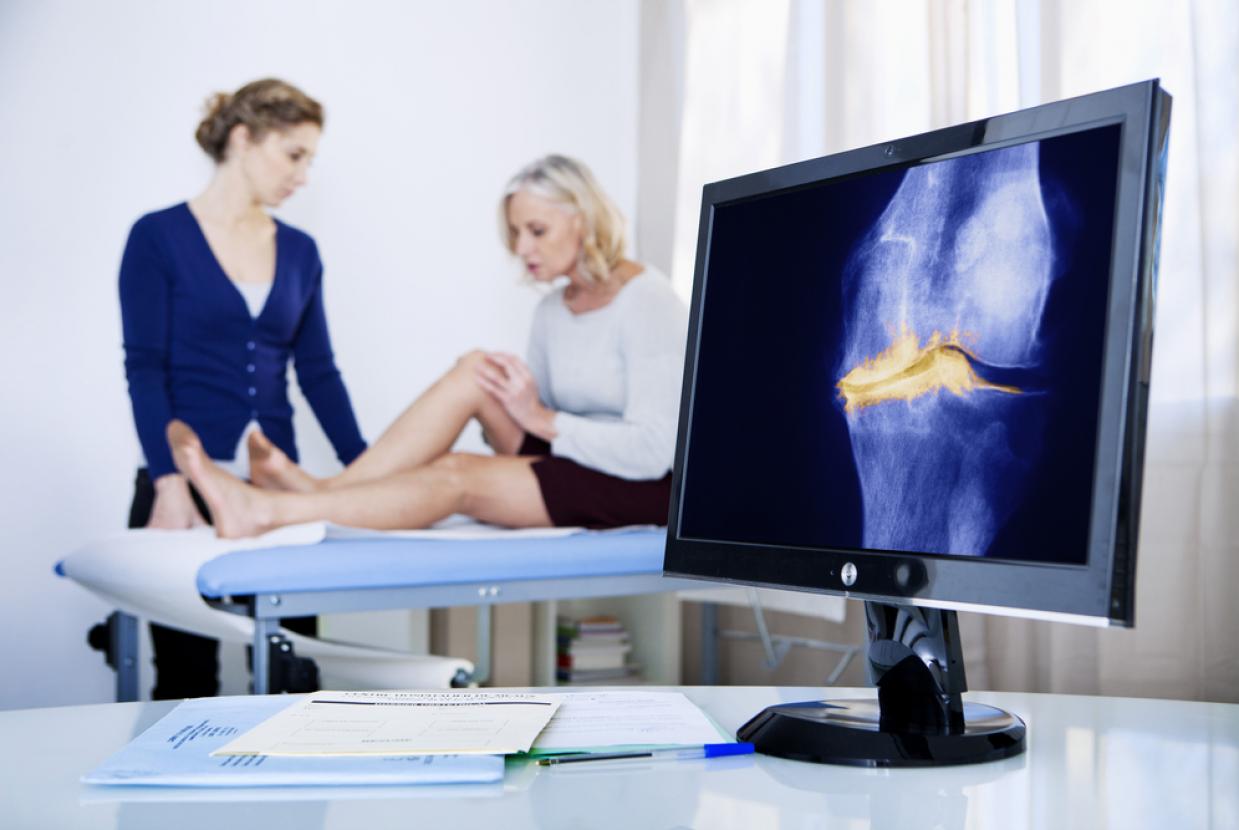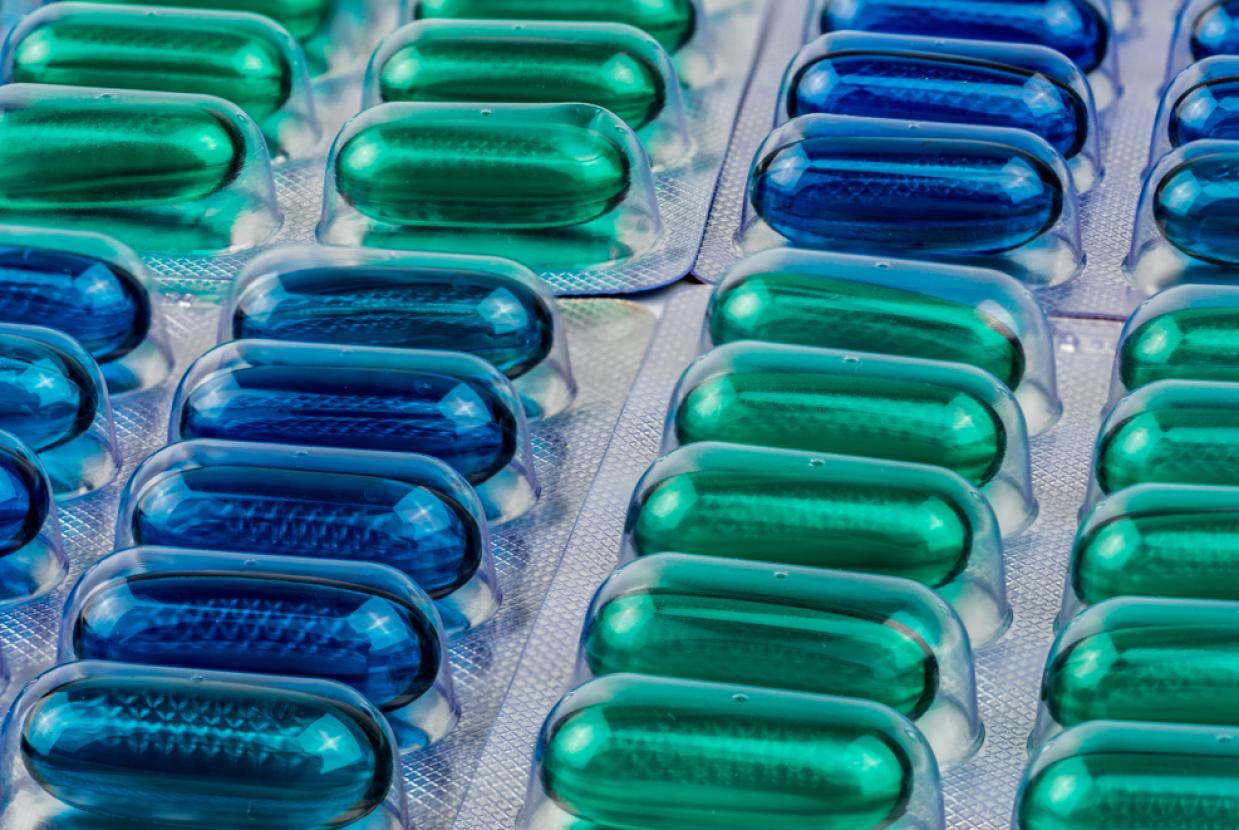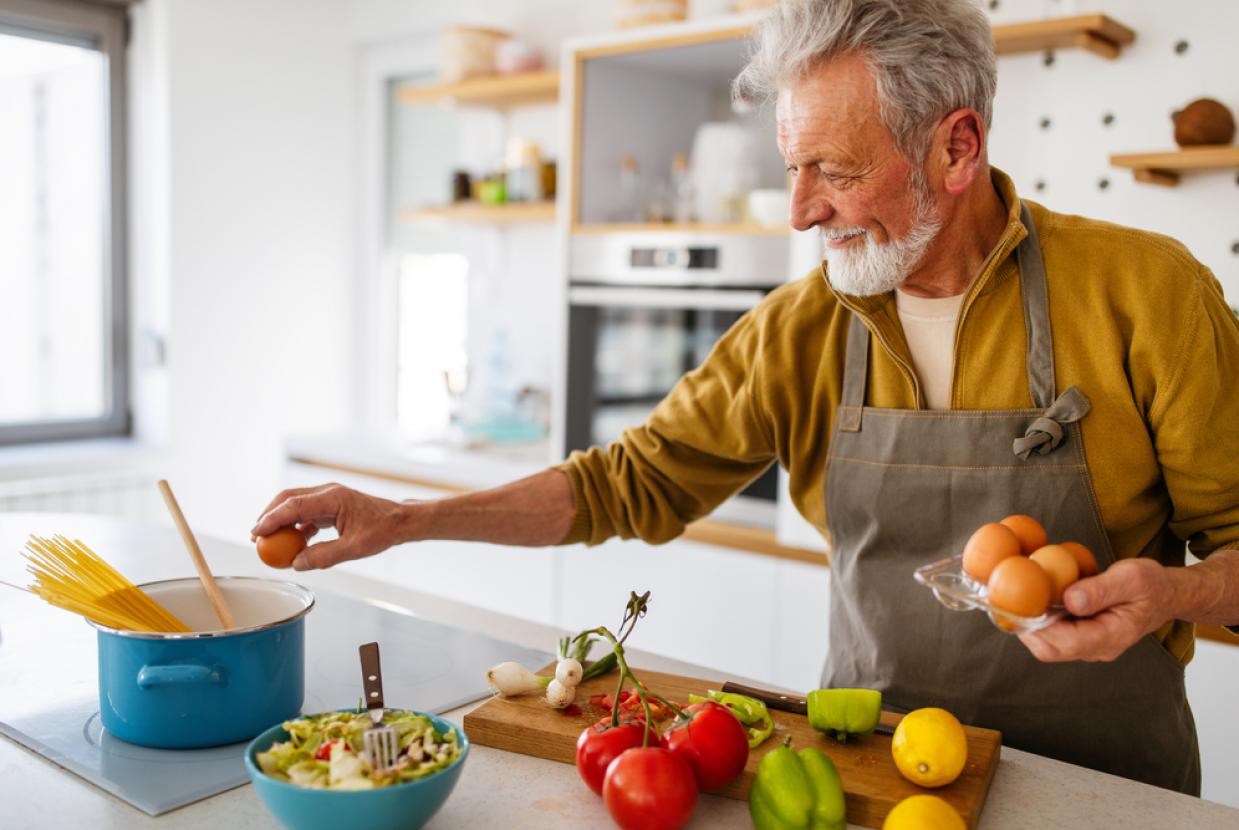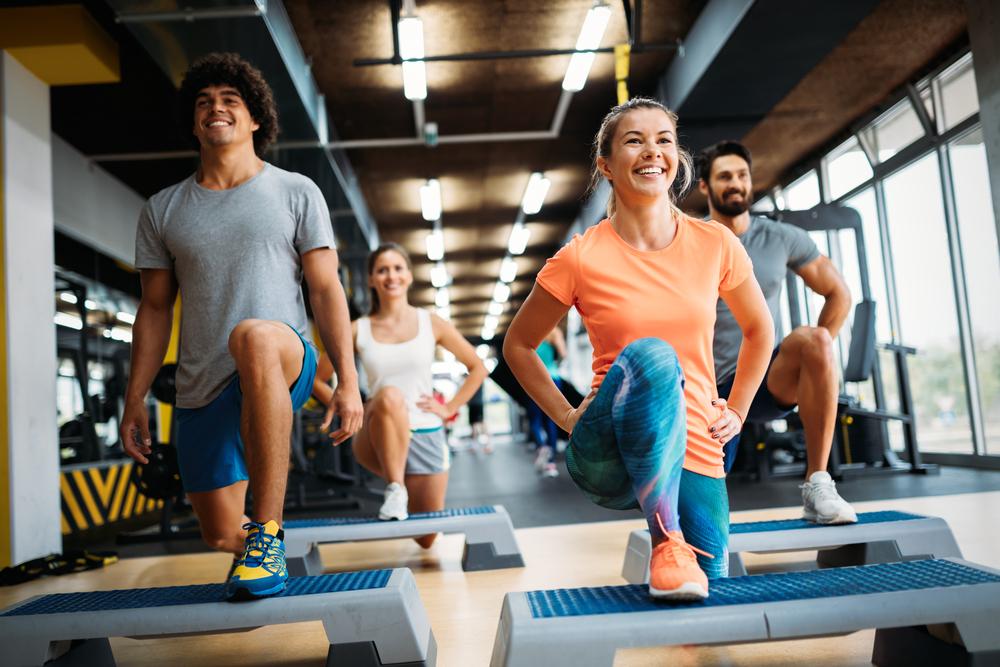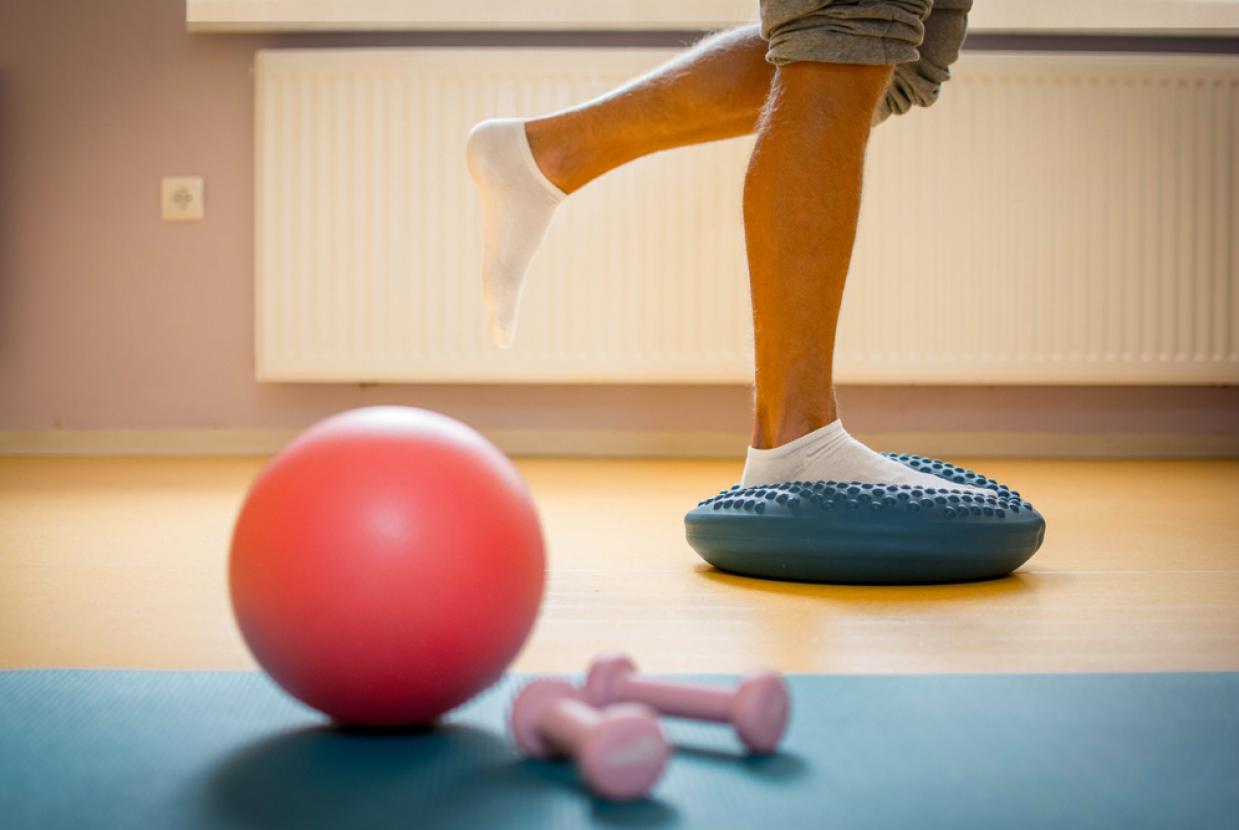Boost Your Child's Bone Health
Children's bones keep growing throughout childhood. They grow fastest during toddlerhood and puberty. Their bones keep getting bigger and stronger until they reach what's known as "peak bone mass". This usually happens between the ages of 18 and 25.
Building strong bones during childhood will provide protection against the fragile bone disease osteoporosis later in life. You can protect your child's bone health with some simple lifestyle measures.
Your child's bone-friendly diet
Bones need foods from all the main food groups to stay strong and healthy. For tips on how to give your child a healthy, balanced diet, see the Eatwell guide. A couple of nutrients are particularly important for building strong, healthy bones: calcium and vitamin D.
Calcium
Calcium is particularly vital during puberty when the bones grow quicker than at any other time. Puberty usually takes place sometime between the ages of 11 to 15 for girls and 12 to 16 for boys. Research shows that, on average, children and young people in this age group don't get enough calcium.
Foods that contain lots of calcium include dairy foods such as milk, cheese and yoghurt, but also tinned sardines (with the bones in), green, leafy vegetables (but not spinach), peas, dried figs, nuts, seeds and anything fortified with calcium, including some soya and almond milks.
Vitamin D
Vitamin D is important for bones because it helps our bodies to absorb calcium. Vitamin D is made in our skin when it's exposed to sunlight during the summer months (late March/April to the end of September). It's important never to let your child's skin go red or start to burn. Babies under six months should never go in direct sunlight.
There are only a few foods that are a good source of vitamin D. These include oily fish, eggs and foods that have been fortified with vitamin D, such as fat spreads and some breakfast cereals.
Vitamin D supplements
Your health visitor, pharmacist or GP can advise you on vitamin D supplements for your child.
- Babies – The Department of Health recommends that all babies have vitamin D drops from birth to make sure they get enough. Babies who are having more than 500ml (about a pint) of infant formula don't need vitamin drops because formula is already fortified with vitamins.
- Under fives – It's recommended that all children aged six months to five years have vitamin supplements containing vitamins A, C and D every day.
- Children over five – Children over five and adults should consider taking a daily supplement containing 10 micrograms (mcg) of vitamin D, especially during the winter when there is less sun.
If you receive benefits, you may be eligible for free Healthy Start vitamins, which contain vitamin D. Your health visitor can tell you more, or you can visit the Healthy Start website.
Bone-strengthening exercises for children
To help build healthy bones:
- Babies who aren't walking yet should be encouraged to play actively on the floor.
- Children who can walk on their own should be physically active every day for at least 180 minutes (three hours) spread throughout the day. This should include some bone-strengthening activities like climbing and jumping.
- Children aged five to 18 need at least 60 minutes (one hour) of physical activity every day.
Try not to let your child be sedentary for long periods. Limit the amount of time they spend sitting down watching TV, using the computer or playing video games.
Eating disorders and bone health
Eating disorders affect people of all ages, both male and female. But girls and women are more likely to be affected, especially during the teenage years. Teenagers' bones are still growing and strengthening, and eating disorders like anorexia can affect their development.
Low body weight can lower oestrogen levels, which may reduce bone strength. Poor nutrition and reduced muscle strength caused by eating disorders can also lower bone strength. If your teenage child has anorexia or another eating disorder, it's important to get medical advice early on.


